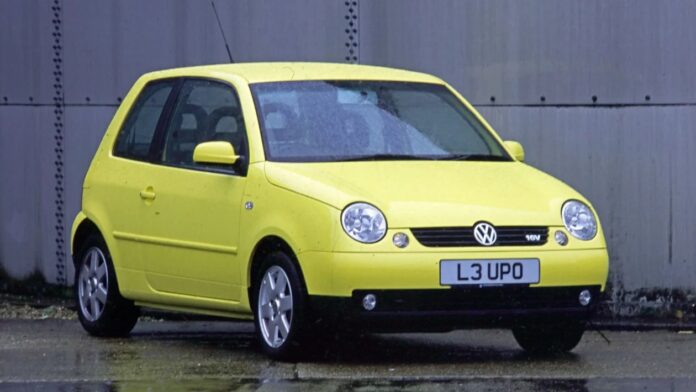The Volkswagen Lupo, produced from 1999 to 2005, represents a unique entry in VW’s lineup – a true city car that prioritizes practicality and affordability. While newer examples are becoming increasingly rare, a well-maintained Lupo remains a compelling choice for those seeking an easy-to-park, fuel-efficient, and simple-to-maintain vehicle. This guide will help prospective buyers navigate the used market and identify the best Lupo for their needs.
A Latecomer to the City Car Segment
Until 1999, Volkswagen had not offered a dedicated city car. The original Beetle, though small, was positioned as a supermini or small family car. The Lupo broke new ground for VW, offering a compact and affordable option for urban drivers. Its high-quality interior, surprisingly good handling, and smart design made it a premium choice when new, and even today, it stands out for its build quality.
History and Model Variations
The Lupo launched in February 1999 with a choice of 1.0 and 1.4-liter petrol engines, along with a 1.7-liter SDi diesel. The 1.4-liter engine came in 75bhp (E and S trims) and 100bhp (Sport) variants. A 75bhp 1.4 TDi turbodiesel followed in 2000, but the most sought-after model arrived later that year: the 125bhp 1.6-liter Lupo GTi. Initially equipped with a five-speed manual gearbox (later upgraded to six-speed), the GTi remains the enthusiast’s choice. All engines were updated to Euro 4 compliance by 2003, and anti-lock brakes became standard in 2004.
Pricing in the Used Market
Lupo values are driven more by mileage, condition, and specification than age. Newer, better-maintained examples command higher prices, but even early cars offer exceptional value. Private sales dominate the market, as low values discourage traders. A well-kept Lupo can be found for a few thousand pounds, making it an incredibly affordable entry point into VW ownership.
On the Road: Driving Experience
Most Lupos weigh less than a ton, resulting in agile handling. Even the 1.4 TDI tips the scales at just 1,057kg, making it fun to drive. Steering is well-weighted (power assistance became standard in 2000), though the suspension prioritizes comfort over sharpness. The ride is impressive for such a small car. The 1.0-liter engine feels underpowered, so a 1.4-liter or higher is recommended.
Which Lupo Should You Buy?
The GTi is the obvious choice for enthusiasts, offering the most fun and collectibility. However, it commands a premium. For cheap, reliable transport, a 1.4-liter model is a smart buy. The SDi is gutless, but the TDi offers a perkier experience. All diesels are frugal.
Alternatives to Consider
The SEAT Arosa is essentially the same car with different badges. The Ford Ka, Citroen Saxo/Peugeot 106, and Toyota Yaris are also viable alternatives, though the Lupo’s build quality and refinement often surpass them.
What to Look For: Common Issues
- Rust: Check the roof gutters, sills, and rear wheel arches for corrosion.
- Electrical Problems: Xenon headlights (GTi), rear wipers, and central locking are prone to failure.
- Gearbox Weakness: Bearings wear over time, potentially leading to transmission failure.
- Modified Examples: Be cautious of heavily modified cars, ensuring any changes were done professionally.
- Pedal Box: Early models had weak pedal boxes; later cars were redesigned.
Running Costs and Reliability
Lupos are cheap to run. Insurance is affordable (group 5-12 for most models), and fuel economy is excellent. Maintenance is straightforward, with cambelt replacement required every four years or 40,000 miles. Expect annual running costs of a few hundred pounds, making it one of the most economical cars on the road.
Conclusion
The Volkswagen Lupo is a hidden gem in the used car market. Its simplicity, affordability, and surprisingly refined driving experience make it a compelling choice for those seeking a reliable city car. While it may lack the modern features of newer vehicles, its low running costs and easy maintenance make it a smart buy for anyone looking for practical, no-nonsense transportation






















